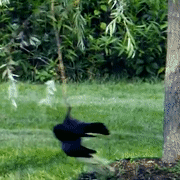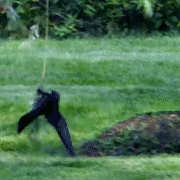Don't wanna be here? Send us removal request.
Video
“This little cutie climbed up on me while I applied to adopt her”
(via)
15K notes
·
View notes
Text
16 notes
·
View notes
Text
We can also revisit the mystery of Henry VI’s death in the Tower with a fresh eye, showing how the king’s fate was directly affected by circumstance and not by personal drama as related in Shakespeare’s plays.
5 notes
·
View notes
Text
198 notes
·
View notes
Text
52K notes
·
View notes
Text
youtube
In this conversation Sarah Ellis, an award-winning producer currently working as Director of Digital Development for the Royal Shakespeare Company (RSC), talks about the ways in which digital research can inform creativity and how the RSC have navigated the intersections of performance and emerging technologies to enhance engagement with Shakespeare to consider audiences of the future.
4 notes
·
View notes
Text
14 notes
·
View notes
Photo

Enchanting Photos of Madeira’s Ancient Fanal Forest Filled With 500-Year-Old Trees
Thanks to incredible images by photographer Albert Dros, we’re transported into this dreamy landscape.
Keep reading
2K notes
·
View notes
Text
14K notes
·
View notes
Text
21K notes
·
View notes







